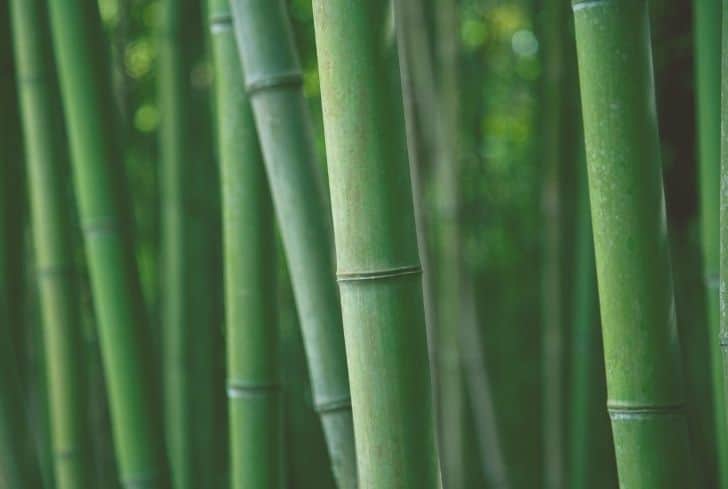Poison Hemlock Removal: A Comprehensive Guide to Eliminating Poison Hemlock
.
Need help with your yard? Get your free quote today!
Get a Free Quote!
Poison hemlock (Conium maculatum) is a highly toxic and invasive plant that has become a growing concern in many regions. From roadsides to fields, it thrives in disturbed soils and often goes unnoticed until it has established large colonies. Due to its extreme toxicity—affecting both humans and animals—safe and effective removal is essential. In this comprehensive guide, we’ll explore why poison hemlock is dangerous, how to identify it, and the best practices for eliminating it from your property.
1. Why Poison Hemlock Is Dangerous
Severe Toxicity
- All parts of the plant contain potent alkaloids that can be lethal if ingested. Even small amounts can cause serious health issues.
- Sap can sometimes irritate skin or mucous membranes, and inhaling fumes from crushed or burned plants may pose a risk as well.
Impact on Livestock
- Grazing animals like cattle, goats, and horses are vulnerable if they consume poison hemlock.
- Accidental ingestion often leads to respiratory distress and may be fatal without immediate veterinary attention.
Rapid Spread
- Poison hemlock produces thousands of seeds that can stay viable in soil for several years.
- Once established, it can quickly dominate an area, displacing native plants and reducing biodiversity.
2. Identifying Poison Hemlock
Proper identification is the first step toward safe removal. Key features include:
Tall, Hollow Stalks
- Mature plants can grow 1.2 to 3 meters (4 to 10 feet) tall.
- Stems are hollow and typically display purple or reddish splotches.
Fern-Like Leaves
- The foliage is bright green, with finely dissected leaf segments, giving it a feathery appearance.
- Leaves often emit a foul “musty” odor when crushed.
White Umbrella-Like Flowers
- Small white flowers form umbrella-shaped clusters, resembling Queen Anne’s lace or wild carrot (though those plants are usually less toxic and have different stem patterns).
Taproot
- Poison hemlock has a white taproot that can grow deeply into the soil.
Important: Poison hemlock can be confused with look-alike plants such as Queen Anne’s lace (wild carrot) or wild parsley. Never taste or handle a plant unless you’re certain of its identity, and use protective gear when in doubt.
3. Timing and Preparation for Removal
Best Time to Remove
- Removal is most effective when plants are still young and before they have set seed—typically in late winter or early spring.
- However, plants can be removed at any stage with caution; mature plants just require extra care to prevent seed dispersal.
Necessary Safety Gear
- Gloves: Wear waterproof, chemical-resistant gloves.
- Long Sleeves and Pants: Prevent skin contact with sap or plant juices.
- Eye Protection: Protect against splashes, especially if plants are tall or being cut at head height.
- Respiratory Mask: May be considered, especially if plants are disturbed in a way that could aerosolize particles (e.g., mowing, weed whacking).
Site Assessment
- Note the extent of the infestation and nearby plants (especially desirable native species).
- Plan for disposal before starting removal to prevent accidental spreading of seeds.
4. Methods of Removal
A. Mechanical Removal
Hand Pulling (For Small Infestations)
- Loosen the soil around the root to ease extraction.
- Grasp the plant near the base, pulling gently but steadily to remove the entire root.
- Double-check for any root fragments left behind—they can re-sprout.
Mowing or Cutting
- Works best on younger plants. Cut as low as possible before flowering to reduce seed production.
- Frequent mowing can weaken the root system over time, but may not eliminate it fully.
- Caution: Wear protective gear to avoid contact with sap or plant debris.
Digging Out Mature Plants
- Use a spade or garden fork to loosen and lift the soil around large taproots.
- Remove the entire root mass; any leftover segments can regrow.
B. Chemical Control
For larger infestations or where mechanical methods aren’t feasible:
Selective Herbicides
- Products containing glyphosate or 2,4-D are often used, applied directly to the foliage.
- Follow label instructions meticulously to avoid harming non-target plants and pollinators.
Timing for Herbicide Application
- Spraying is most effective when the plant is actively growing (early spring).
- Avoid application during windy conditions or near water sources without proper precautions.
Safety Considerations
- Wear gloves, eye protection, and a mask if applying chemicals.
- Store herbicides in original containers, out of reach of children and pets.
5. Disposal of Poison Hemlock
Proper disposal is critical to prevent accidental contact or reseeding:
Bag It and Trash It
- Place the pulled or cut plants, including roots, into heavy-duty plastic bags.
- Securely seal and dispose of them in the garbage (not in compost or yard waste bins unless your local facility can handle toxic/invasive materials).
Burning (Where Allowed)
- Some regions permit burning invasive plants, but only do this if local regulations allow.
- Take extreme caution to avoid inhaling smoke—burning poison hemlock can release toxins into the air.
Never Leave on the Ground
- Drying plants can still be hazardous; seeds can continue to mature if the plant is in flower.
- Always contain and remove them from the site.
6. Follow-Up and Long-Term Management
Monitor for Regrowth
- Seeds can remain viable in the soil for several years.
- Regularly inspect the area where poison hemlock was removed, especially in spring.
Habitat Restoration
- Replant the cleared area with native grasses, wildflowers, or other desired vegetation.
- A healthy, competitive plant community can help suppress poison hemlock re-invasion.
Ongoing Maintenance
- Mechanical or chemical treatments may need repeating if new seedlings appear.
- Prompt removal of young plants prevents them from maturing and producing seed.
Community Cooperation
- If poison hemlock is thriving on neighboring properties or in public spaces, collaborate with neighbors or local authorities to address the problem systematically.
Conclusion
Poison hemlock removal demands careful identification, appropriate protective measures, and a commitment to ongoing vigilance. Whether you choose mechanical methods like hand-pulling and digging or opt for targeted herbicides, taking a proactive approach can help you regain control of your landscape and protect both people and wildlife from this dangerous plant. By following the steps in this comprehensive guide—and encouraging neighbors to do the same—you can successfully eliminate poison hemlock and reclaim your outdoor spaces for safer, healthier growth.
